Preferred Plan for Expanded Plutonium Pit Production at LANL
![]() According to the preferred alternative for expanded plutonium pit production at Los Alamos National Laboratory (LANL), the Northern New Mexico nuclear weapons facility would get nearly everything it wanted when the Bush Administration also proposed expansion in the early 2000s. That proposal was called “The Bombplex” and was defeated by strong public opposition. The current preferred alternative, No. 2c, would use the existing Plutonium Facility as a bridge unit until proposed construction of
According to the preferred alternative for expanded plutonium pit production at Los Alamos National Laboratory (LANL), the Northern New Mexico nuclear weapons facility would get nearly everything it wanted when the Bush Administration also proposed expansion in the early 2000s. That proposal was called “The Bombplex” and was defeated by strong public opposition. The current preferred alternative, No. 2c, would use the existing Plutonium Facility as a bridge unit until proposed construction of 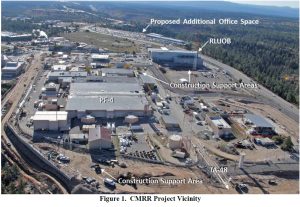 underground modules is completed. Nevertheless, the same volcanic geology remains on the Pajarito Plateau resulting in the high likelihood of seismic events and post-seismic fires with significant consequences. Despite proposed engineering fixes, the high risk remains with serious consequences to all life, including those living downwind and downstream, tourists, animals, water, land and air.
underground modules is completed. Nevertheless, the same volcanic geology remains on the Pajarito Plateau resulting in the high likelihood of seismic events and post-seismic fires with significant consequences. Despite proposed engineering fixes, the high risk remains with serious consequences to all life, including those living downwind and downstream, tourists, animals, water, land and air.
When a new administration enters the White House it reviews, and inevitably changes, the previous administration’s Nuclear Posture Review. In 2018, the Nuclear Posture Review emphasized the need for “an effective, responsive, and resilient nuclear weapons infrastructure” that can “adapt flexibly to shifting requirements.” https://media.defense.gov/2018/Feb/02/2001872886/-1/-1/1/2018-NUCLEAR-POSTURE-REVIEW-FINAL-REPORT.PDF
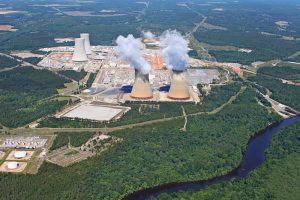 The Pentagon stated it needed 80 plutonium pits per year. Plutonium pits are the triggers for nuclear weapons. The Department of Energy (DOE), and its semi-autonomous National Nuclear Security Administration (NNSA), suggested four alternatives to meet the need. One is to modify the Mixed Oxide Fuel Fabrication Facility at the DOE’s Savannah River Site to manufacture 50 pits per year. Two alternatives include Savannah River manufacturing 50 pits, and LANL manufacturing 30. Another is for LANL to manufacture all 80.
The Pentagon stated it needed 80 plutonium pits per year. Plutonium pits are the triggers for nuclear weapons. The Department of Energy (DOE), and its semi-autonomous National Nuclear Security Administration (NNSA), suggested four alternatives to meet the need. One is to modify the Mixed Oxide Fuel Fabrication Facility at the DOE’s Savannah River Site to manufacture 50 pits per year. Two alternatives include Savannah River manufacturing 50 pits, and LANL manufacturing 30. Another is for LANL to manufacture all 80.
Other problems include the estimated $30 billion life cycle price tag. Senate and House members on both sides of the aisle have bristled at the cost in recent congressional hearings. A 2018 engineering assessment by Parsons suggests that keeping the pit production exclusively at LANL could save $15 billion. https://nukewatch.org/new-and-updated-item/nnsa-downplays-study-that-says-agency-cant-make-50-nuke-cores-per-year-by-2030-in-s-c/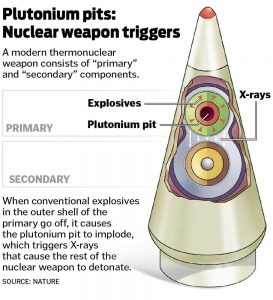
This week the Institute for Defense released its congressionally-mandated review of the four alternatives. It found that all of the alternatives have cost and schedule risks. It concluded that the two-site plan is possibly achievable, which will require management focus, time, and resources. https://nukewatch.org/new-and-updated-item/6129/
Jay Coghlan, of Nuclear Watch New Mexico, said, “NNSA’s plans for expanded plutonium pit production is a house of cards waiting to fall down. First, we have an agency with a long track record of cost overruns and schedule slippages. Added to this is the lack of true mission need.”
He continued, “Plutonium pit production is not being expanded to maintain stockpile safety and reliability. Instead it’s all about provocative new nuclear weapons designs that can’t be tested, or alternatively will push the U.S. back into testing with serious proliferation consequences.” https://nukewatch.org/
1. In response to community advocacy – thank you! -, the Regional Coalition of LANL Communities (RCLC) re-scheduled their next April 19th meeting to Friday, 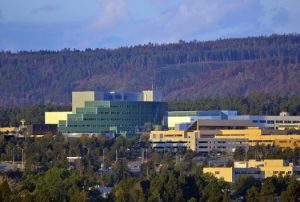 April 26th from 1:30 to 4:30 pm at the tentative location of the Espanola City Hall to discuss a Restated and Amended Joint Powers Agreement Establishing the Regional Coalition of LANL Communities By and Among the Incorporated County of Los Alamos, the City of Santa Fe, Santa Fe County, the City of Espanola, Rio Arriba County, the Town of Taos, Taos County and the Sovereign Governments of the Pueblo of Ohkay Owingeh and the Pueblo of Jemez. https://regionalcoalition.org/
April 26th from 1:30 to 4:30 pm at the tentative location of the Espanola City Hall to discuss a Restated and Amended Joint Powers Agreement Establishing the Regional Coalition of LANL Communities By and Among the Incorporated County of Los Alamos, the City of Santa Fe, Santa Fe County, the City of Espanola, Rio Arriba County, the Town of Taos, Taos County and the Sovereign Governments of the Pueblo of Ohkay Owingeh and the Pueblo of Jemez. https://regionalcoalition.org/
Despite public requests since 2010, the RCLC has not defined key terms in the JPA dealing with congressional lobbying activities to increase the Department of Energy (DOE) funding at LANL. These terms include “mission diversification,” “economic development,” advocary for long-term stable funding of LANL missions,” etc.
2. Nuclear Watch New Mexico has been leading the effort to challenge expanded plutonium pit production at LANL. To learn more, check out these documents on their website:
* Requirement for preparation of a Programmatic Environmental Impact Statement for expanded plutonium pit 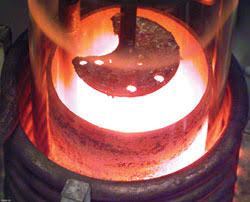 production, letter to Ms. Lisa E. Gordon-Hagerty, Under Secretary for Nuclear Security and NNSA Administrator, from Nuclear Watch New Mexico, Savannah River Watch, and Tri-Valley CAREs on October 31, 2018 at https://nukewatch.org/issues/plutonium-pit-production/
production, letter to Ms. Lisa E. Gordon-Hagerty, Under Secretary for Nuclear Security and NNSA Administrator, from Nuclear Watch New Mexico, Savannah River Watch, and Tri-Valley CAREs on October 31, 2018 at https://nukewatch.org/issues/plutonium-pit-production/
* Watchdog groups seek review of plutonium plan, Santa Fe New Mexican, November 2, 2018 at https://nukewatch.org/news-item/watchdog-groups-seek-review-of-plutonium-plan/
* Plutonium Pit Production [National Environmental Policy Act] NEPA Talking Points, January 28, 2019 at https://nukewatch.org/2019/01/28/plutonium-pit-production-nepa-talking-points/
Tags: 30/50 pits per year, 80 pits per year, Bombplex, Bush Administration, Institute for Defense, Jay Coghlan, LANL, Los Alamos National Laboratory, Mixed Oxide Fuel Fabrication Facility, National Nuclear Security Administration, NNSA, Nuclear Posture Review, Nuclear Watch New Mexico, Parsons, Pentagon, PF-4, Plutonium Facility, post-seismic fires, Savannah River Site, seismic, volcanic geology


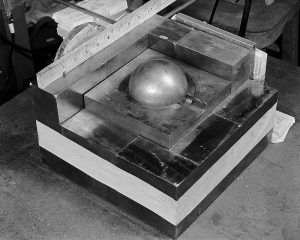

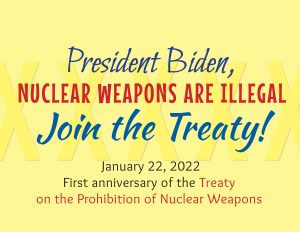
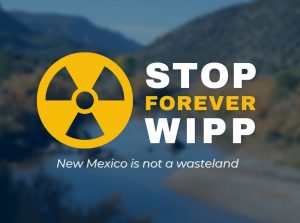






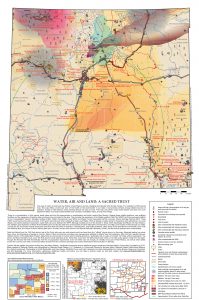

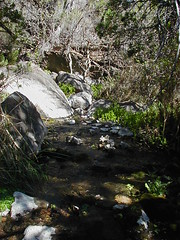

Comments
No comments so far.